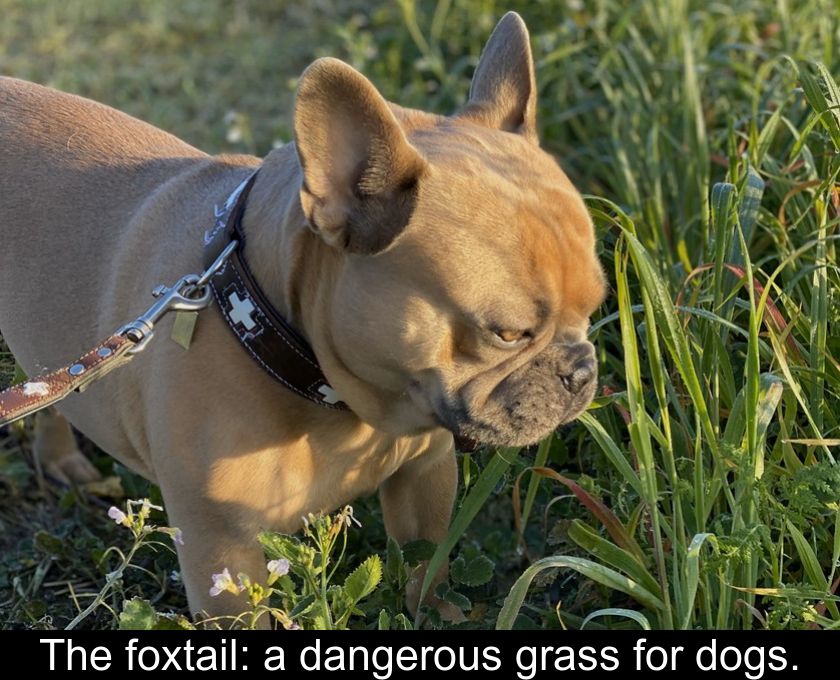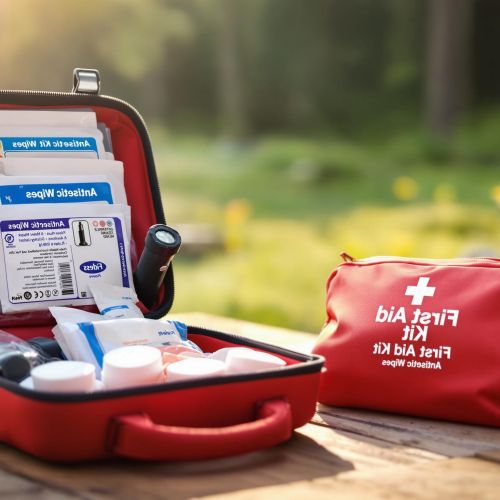The Foxtail: A Dangerous Grass For Dogs.
From spring until the beginning of autumn, our pets are exposed to a danger that is often underestimated: foxtails! These dry grasses, which easily attach to the fur of animals, can cause significant damage. We explain the dangers of foxtails to a dog's health and how to prevent these risks.
What is a foxtail?
In botany, the inflorescence of certain plants in the grass family is called a spikelet.
Spikelets take the form of small spikes which, once mature, pose a danger to pets such as dogs and cats.
Indeed, these small dry spikes cling to their fur and can cause various types of injuries.
What is the danger of foxtails for dogs?
When foxtails attach to your pet's fur, the problem is not just aesthetic. The health risk for a cat or dog is very real because, due to their small size, these foxtails can enter different orifices, such as the genitals and anus, nose, eye, or ear...
A foxtail can also puncture the animal's skin, injuring it in the mouth or paw by embedding itself in the paw pads.
Worse still, due to their pointed tip and the presence of barbs that prevent any retreat, these foxtails progress through the animal's body and can cause various lesions and abscesses.
Their ability to always move in the same direction has earned these plants the nicknames "traveler foxtail" or "crazy oat".
What symptoms should alert you?
Depending on where the grass seed attaches, it can cause different symptoms in a dog:
• limping and localized redness when a grass seed has entered between the paw pads
• an abscess if the seed has penetrated under the skin and continues to progress under the skin
• repeated sneezing, sometimes accompanied by nosebleeds, if the problem is located in a nostril
• a slightly swollen or watery red eye
• fever related to an abscess and infection
• strange behavior in your dog.
Even if you don't notice any apparent injury, some behaviors should alert you. You should consult a veterinarian without delay if your dog excessively licks its fur or repeatedly shakes its head.
What to do in case of injury by a grass awn?
If you suspect that your dog has been injured by a grass seed, you must act immediately by taking them to the vet. You should avoid treating the animal yourself and delaying their treatment by a veterinarian at all costs.
It is important to know that this plant can progress rapidly through the animal's body and can cause a lot of damage in just a few days.
Also, do not try to remove the foreign object yourself: you could leave fragments and worsen your dog's health condition!
Even on the pads of their feet, this small seed can be difficult to see. It is common for only an abscess to be visible and for the presence of a seed continuing to progress in the dog's paw to go unnoticed.
Consulting a veterinarian quickly is the best way to avoid complications and limit the risks of sequelae, such as eye, eardrum, or respiratory tract damage to the animal.
If you seek help in time, the removal of this foreign object will be simple and quick. The longer you wait, the more significant care your animal will require, such as examinations to identify the source of the problem and possible surgical intervention.
A prompt consultation is the best option to reduce veterinary costs while ensuring the best care for the animal.
How to prevent these dangers?
Due to the seriousness of injuries caused by foxtails, dog owners must be particularly vigilant during walks, especially during the flowering season of grasses, which is in spring, summer, and early autumn.
This danger is less known than ticks and fleas even though it is more insidious, as there is no preventive treatment in the form of pipettes or tablets...
The only way to limit this risk is to keep your pet away from these dangerous plants. Specifically, keep your dog on a leash when walking near fields or tall grasses.
Get into the habit of carefully inspecting your pet after each walk, especially at the level of their paws, orifices, and skin folds.
Another prevention method is to regularly go to the groomer (especially in summer). For dogs with long or curly hair, a short cut is preferable.
Finally, if you have a garden, regularly remove dry grasses and lawn clippings: this is where the risk of catching a foxtail is greatest for your pet!











